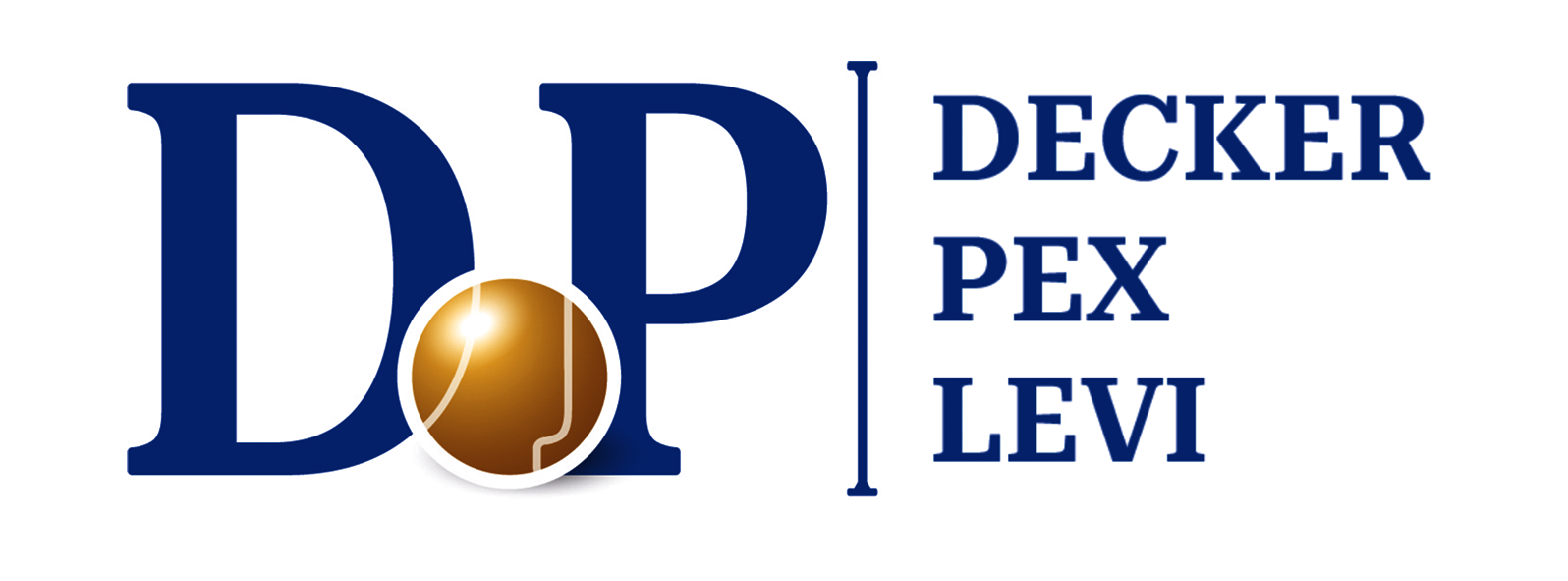The new Design Law, which recently came into force in Israel, marks a new era for legal protection of both Israeli and international designs within the territory. It is important to get familiarized with the law and the protection it can provide to registered and unregistered, local and international designs. Below, an intellectual property lawyer from our firm, specializing in design law, will discuss some of the law’s main features.
Decker, Pex, Levi is an Israeli boutique Intellectual Property (IP) law firm. Our attorneys are well-experienced in providing legal assistance in various IP fields, including design law, copyright law and trademark law. The firm represents Israeli and international clients before the Israel Patent Office and the Israeli courts, in various IP matters.
New Law, Extended Protection
 The field of design law is going through some significant improvements in Israel over the past few years. Until recently, an old ordinance from the days of British Mandate was the main statutory source in the field. This old legal framework failed to meet the needs of contemporary industrial designers. That was the motivating factor behind the introduction of the new Designs Law, which took place in 2017.
The field of design law is going through some significant improvements in Israel over the past few years. Until recently, an old ordinance from the days of British Mandate was the main statutory source in the field. This old legal framework failed to meet the needs of contemporary industrial designers. That was the motivating factor behind the introduction of the new Designs Law, which took place in 2017.
The new law extends the range of protections that can be granted to industrial designs. It includes various different features that were not in existence under the previous legislation. The new law allows designers to protect unregistered designs, to register designs after they have already been published and to register international designs.
It is therefore important that designers would get familiarized with the new possibilities available to them under the new law. Below we will review some important features of the new law. We will further review some additional important issues with regards to design registration in Israel, such as the fees and the ways to ensure the design has not yet been registered.
Reasons Behind the Introduction of the New Law
 As mentioned above, the new law was mainly introduced in order to answer the needs of contemporary designers. The legislator understood that many of the previous legal mechanisms in the field created difficulties instead of assisting designers to protect their assets properly.
As mentioned above, the new law was mainly introduced in order to answer the needs of contemporary designers. The legislator understood that many of the previous legal mechanisms in the field created difficulties instead of assisting designers to protect their assets properly.
For instance, under the old ordinance, publication of the design would generally be destructive for registration. Designers therefore had no feasible way to understand what is the public response to a design before deciding whether it is worth registering it. This and other difficulties were addressed in the framework of the new law, as we will illustrate below.
What Does Design Protection Mean?
According to the new law, designs protection is defined as the exclusive right to perform all the following acts: “manufacture, sale or lease, including a bid or position for sale or lease of a registered design product, in a commercial manner, the distribution of such product on a commercial scale or its import into Israel not for personal use, except importing to Israel a product manufactured abroad with the permission of the proprietor of the design, or anyone on his behalf”.
This wide protection is granted to the proprietor of the registered design. It can further be extended to other designs that create the impression that they do not differ from the registered design. This impression is examined based on the point of view of the informed user. That is, a user who has relevant knowledge and experience in the specific industry.
Protection is Not Limited to Tangible Designs
Another difficulty of the previous ordinance was that the protection it offered was limited to “objects”, namely, tangible assets. Yet, many modern forms of design (such as fonts, icons, screen displays, etc.) are intangible. The new law defines the protected assets as “products”, and thus solves this legal problem. Not only intangible assets are entitled to protection under the new law, but also to a set of articles, that can be assembled into a unified product.
For the First Time: Unregistered Designs Can be Protected
 One of the highlights of the new law is the ability to gain protection for unregistered designs. It is more limited than the protection granted to registered designs, mainly in its term of 3 years. It also requires to meet the qualification criteria for a design, set under the law. The main criteria are novelty and an individual character of the design.
One of the highlights of the new law is the ability to gain protection for unregistered designs. It is more limited than the protection granted to registered designs, mainly in its term of 3 years. It also requires to meet the qualification criteria for a design, set under the law. The main criteria are novelty and an individual character of the design.
For those who are undecided about registering their designs, the new law offers a “grace period”, in which the design can still remain unregistered. The grace period is valid for 12 months from the publication of the design. It is particularly important for young designers with limited resources. That way, they are able to get a hint whether the demand makes registration profitable. We elaborated on unregistered design and the legal framework behind it here.
Longer Term of Protection to Registered Designs
The old ordinance provided a maximum term of protection of 15 years. Although in some cases such a term is sufficient, in others there is a need for an extended term of protection. The new law extends the maximum term of protection for registered design to 25 years, based on payment of the renewal fees.
There are 4 terms of renewal. 5 years from filing the application or publication of the design, the proprietor will need to pay the first fee in order to renew the registration. After 10 years the second renewal fee will be required. The third fee will be required after 15 years and the fourth fees after 20 years.
First-to-File System, No Opposition Possibilities
Similarly to the Israeli patent system, the Israeli design system is a first-to-file one. It means that the first person to file a design application which meets the registration criteria under the law, will obtain rights in the design. However, unlike the patent or the trademark system in Israel, there is no possibility to file an opposition against the registration of a design. There is, however, a possibility to file a petition for the revocation of a design from the registry.
It can be filed by anyone who is not the proprietor of the design. There are 3 possible claims for revocation of a registered design: (1) no eligibility for protection was in existence regarding the registered design; (2) the application for registration was not filed by the design’s proprietor; (3) filing of 2 or more separate applications for the same design or a design with only immaterial difference, led to the outcome that the design was not registered in the name of the person who first duly applied for it.
Filing a petition for revocation of a registered design will initiate proceedings before the Designs Registrar in the designated court of the Israel Patent Office. The proceedings include filing of statements of arguments and evidence by the parties. The Registrar’s final decision can be appealed to the Jerusalem or Tel Aviv district court.
What Are the Fees for Design Registration in 2021?
The full and updated list of registration fees is published in the Designs Regulations. Filing fee of a design is 398 ILS (approx. 120 USD). Filing fee of a design which is a set of articles is 598 ILS (approx. 180 USD). Renewal fees are: 498 ILS for the first term; 598 ILS for the second term; 697 ILS for the third term; and 797 ILS for the fourth term. It should be noted that the above fees are only with regards to the process of registration and renewal before the designs department of the Israel Patent Office and it does not include attorney’s fees.
How Can I Know the Design is Not Already Registered?
 The new law and its complementary regulations allows for the registration of international designs, which makes it even more important to ensure that a design does not infringe the rights of others, nor that it is novel. In order to secure one’s design before applying for its registration, it is important to conduct a search and review existing products.
The new law and its complementary regulations allows for the registration of international designs, which makes it even more important to ensure that a design does not infringe the rights of others, nor that it is novel. In order to secure one’s design before applying for its registration, it is important to conduct a search and review existing products.
The new advanced database of the designs department is a good place to start. This sophisticated platform offers many different search categories. Among the services offered by our firm, we assist our clients with a comprehensive design search, in order to ensure that their design is not already taken.
Contact Us
In this article we explained about the new Israeli designs law and its features. For more questions, the attorneys from the Decker, Pex, Levi law firm are available to help you. Our attorneys specialize in design law and intellectual property in Israel and abroad, and are experienced with assisting with design registration applications and various IP matters.
